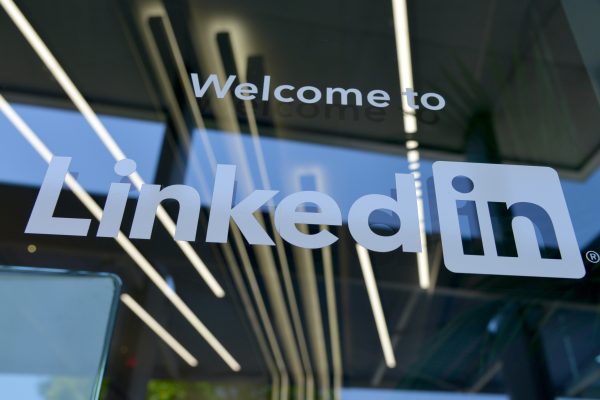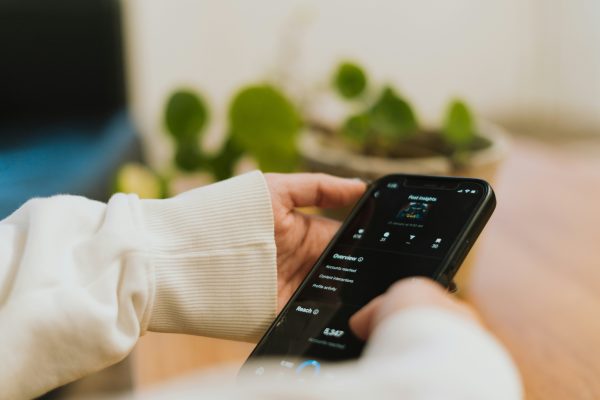LinkedIn. The cornerstone of many B2B companies’ social media strategy.
With the ability to stay in touch with real-world connections and celebrate the successes of past co-workers, LinkedIn has been a permanent fixture for many professionals for 20 years. Yes, you heard that right, LinkedIn was launched in 2003!
LinkedIn is very easy to get wrong. We have all seen posts from ‘LinkedIn influencers’ using the same content as each other to teach us “valuable” business lessons, or relentless sales machines hard selling at every opportunity.
So how should your LinkedIn strategy look? We drill it down into 10 core pillars:
1. Putting people first
It won’t be the first time you’ve heard this! People buy from people. There are a couple of ways to interpret this and use it in your strategy.
Firstly, utilise the networks of your team. When something is posted on a company page, 30% of the engagement comes from their employees, who are 14 times more likely to share that content vs. other content types. Employees will have their own online communities and by creating content that will be shared and liked by your team increases the chances of prospects taking note.
Secondly, don’t be afraid to let individual personalities come through. People know that it’s a human being behind those posts so there’s no need to be unnaturally corporate and rigid.
2. Objective led
Why are you posting?
Although it’s important to be consistent, don’t just post for the sake of it. Think back to your strategy. Who is your LinkedIn audience and what do you want them to do? How do you want them to feel? Does it fit with your brand personality?
Answering these questions will help you to shape your content for LinkedIn and achieve your goals for the platform.
3. Learn from your posts
Take advantage of the analytics tool available on the platform. It can tell you who (within reason) is looking at your page, which posts are generating the most engagement (and what type of engagement) and how many clicks you are getting back to your website.
This will help steer future content. For example, are videos working for you? Do you need to get more team members into your content? Was a particular blog bringing a lot of engaged traffic to your site? What issues did it address?
4. Faces equals engagement
Tying to ‘people buy from people’ ethos, include the faces of your company in your posts to increase engagement. Show your employees at events and on the road, and celebrate individual wins as well as company-wide ones. This could include promotions, speaking opportunities or award wins.
5. Consistency
The ‘lifetime’ of a LinkedIn post is around one-two days. However, if your post creates interest (likes, shares or comments), the longevity will increase as your content will be placed in the newsfeeds of your followers’ connections.
For a B2B business, we recommend posting at least twice a week if you are able. This will usually be done during Monday – Friday, but for some cases, you may want to consider posting on the weekend. Although many people will switch off from work at the weekends, Sunday is often a time when people start mentally preparing themselves for the week ahead. Alternatively, you may find a post on Saturday morning works well as there are less posts competing for the same audience.
6. Tone of voice
One not to be forgotten. Your tone of voice on LinkedIn may be different to other platforms but it needs to be in line with your overall personality. As we learnt in point one, it needs to be professional but personable.
Luckily for you, we have an entire blog post dedicated to getting your tone of voice right on social media.
7. Community management
On LinkedIn, the comments are where a lot of your active engagement is going to happen. You need to be on hand to react and reply to questions, thank people for supporting you and like posts from your network.
This is often an overlooked part of social media management. However, this is where your reputation is built online.
There are some do’s and don’ts for this though, for example, do respond to as many people as possible and prioritise those who ask direct questions. Don’t rise to trolls if a comment or discussion is going nowhere. Monitor but don’t add fuel to the fire.
8. Website side door
Many prospective customers will see your LinkedIn page before they see your website. By posting engaging image- and video-led content with strong calls to action, and remaining approachable and responsive, you can create an active funnel of traffic to your website.
These visitors will be interested and motivated, often leading to longer periods of time spent on your website, and more pages viewed per user, supporting your sales function.
9. Ads
If you’re looking to promote a piece of research, a whitepaper or an event, placing ads in your audience’s newsfeeds can be highly effective.
Using LinkedIn’s audience filters, you can target people by their job title, the company they work for and location, among other factors. This means you can be certain that the people seeing your ads and clicking through to the website are of interest to your business. LinkedIn’s analytics tools allow you to see the demographics of those clicking through, and by using Google Analytics, you can assess their onsite behaviour patterns.
10. Recruitment
One of the reasons many people have LinkedIn. In fact, eight people are recruited via LinkedIn every MINUTE.
As well as placing job ads on the platform, you can use organic content to share the benefits of working for your organisation. This could include perks, travel opportunities, event attendance or simply proving an insight into your company culture. This is also where your employees’ networks come in handy – they are likely to be connected to others in the industry who might be a good fit for you.
Loving LinkedIn? Or perhaps struggling to reap its rewards? Get in touch to find out how 8020 can help you.









